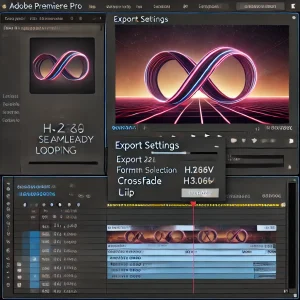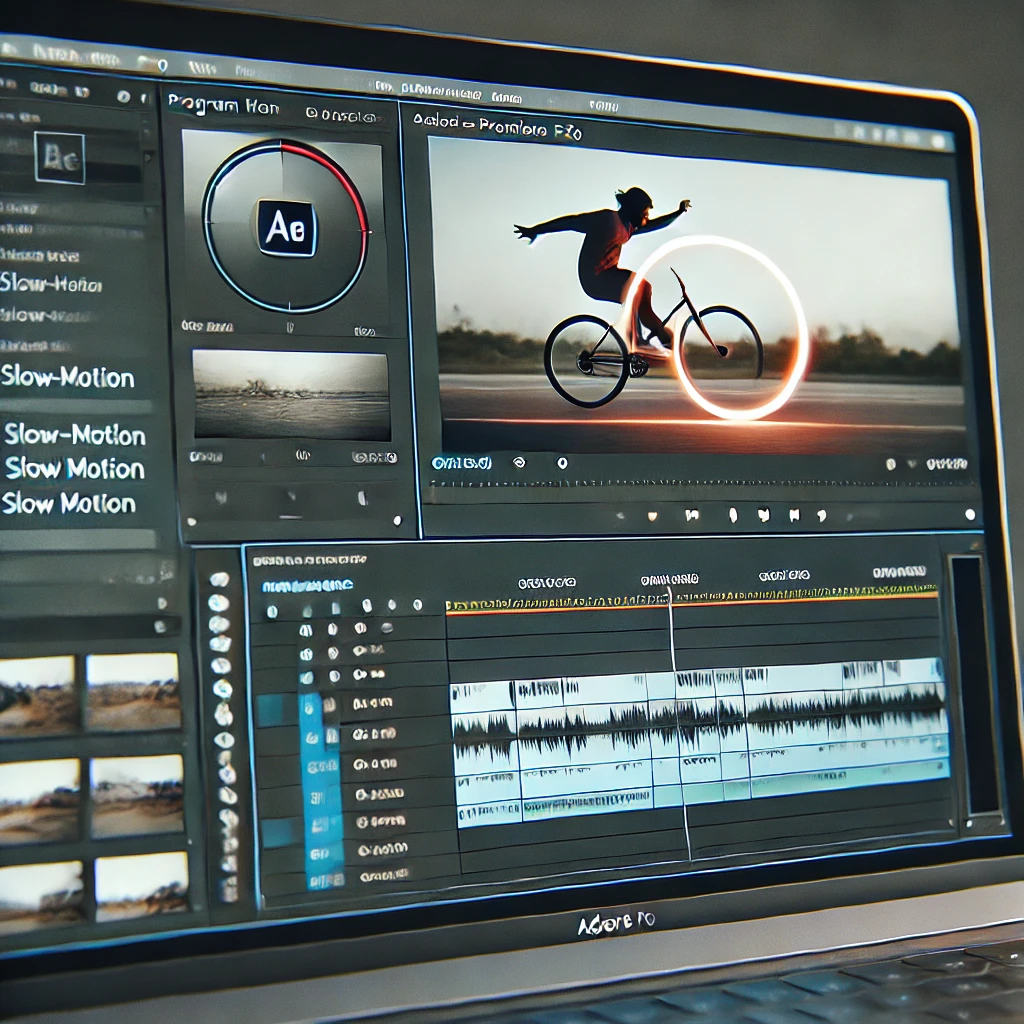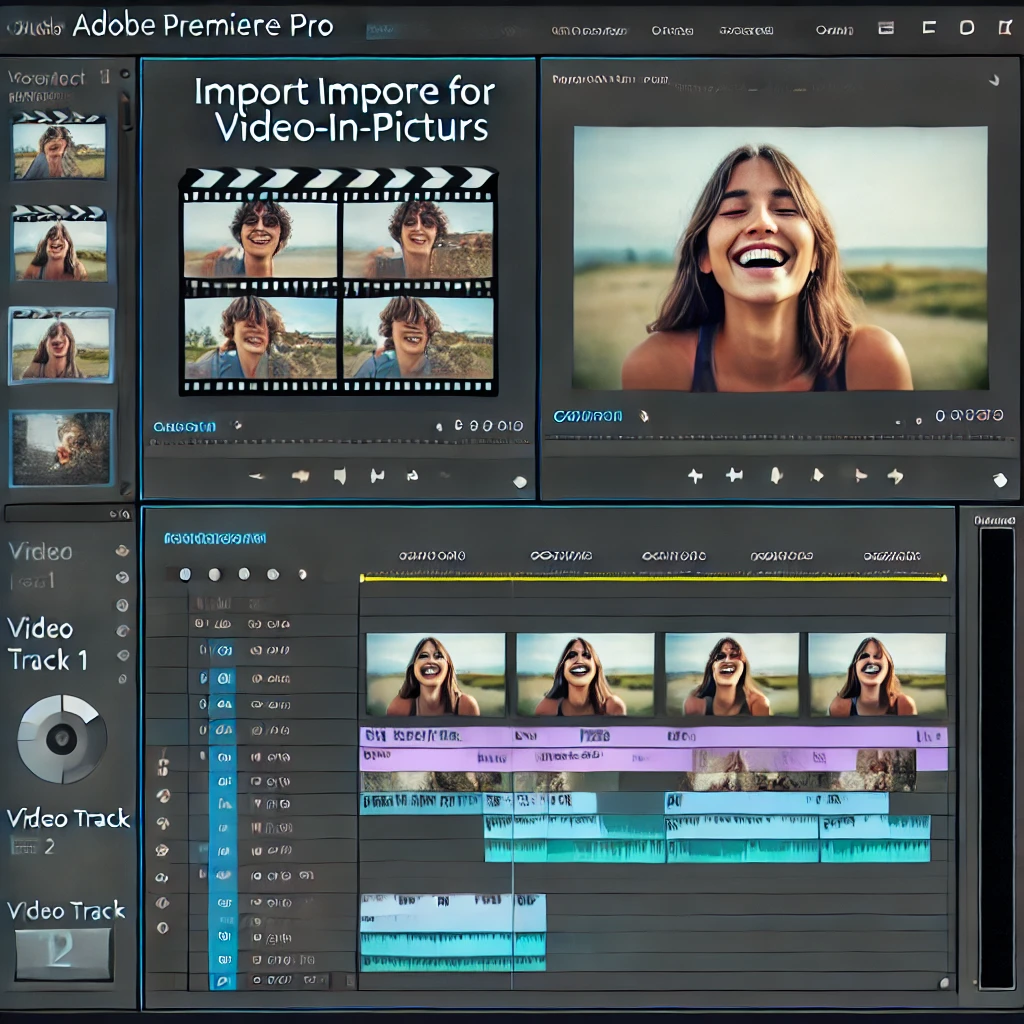
How to Create Picture-in-Picture Effects in Adobe Premiere Pro
Learn how to create picture-in-picture (PiP) effects in Adobe Premiere Pro for professional presentations, tutorials, or creative storytelling. Master resizing, positioning, and adding borders for engaging visuals.

Step 1: Import Your Videos
Begin by importing the videos you want to use for the PiP effect. Place the main video on Video Track 1 and the overlay video on Video Track 2 in the timeline.

Step 2: Resize the Overlay Video
Adjust the size of the overlay video to fit within the frame. Use the Scale slider in the Effect Controls Panel to resize the overlay video.

Step 3: Position the Overlay Video
Place the overlay video in the desired location on the screen. Use the Position properties in the Effect Controls Panel to move the overlay video, or drag it directly in the Program Monitor.
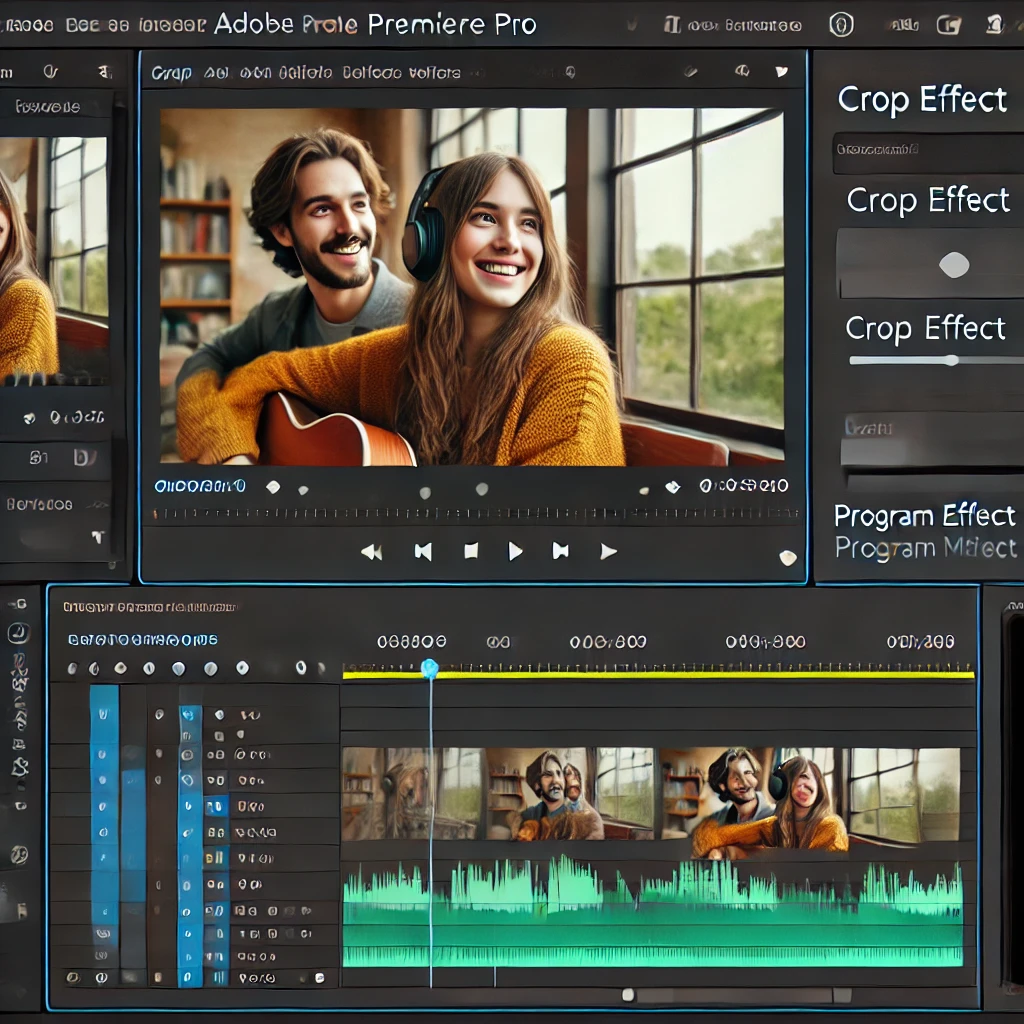
Step 4: Add Borders (Optional)
Create a polished look by adding borders to the overlay video. Use the Crop effect in the Effect Controls Panel to adjust the borders and customize their appearance.
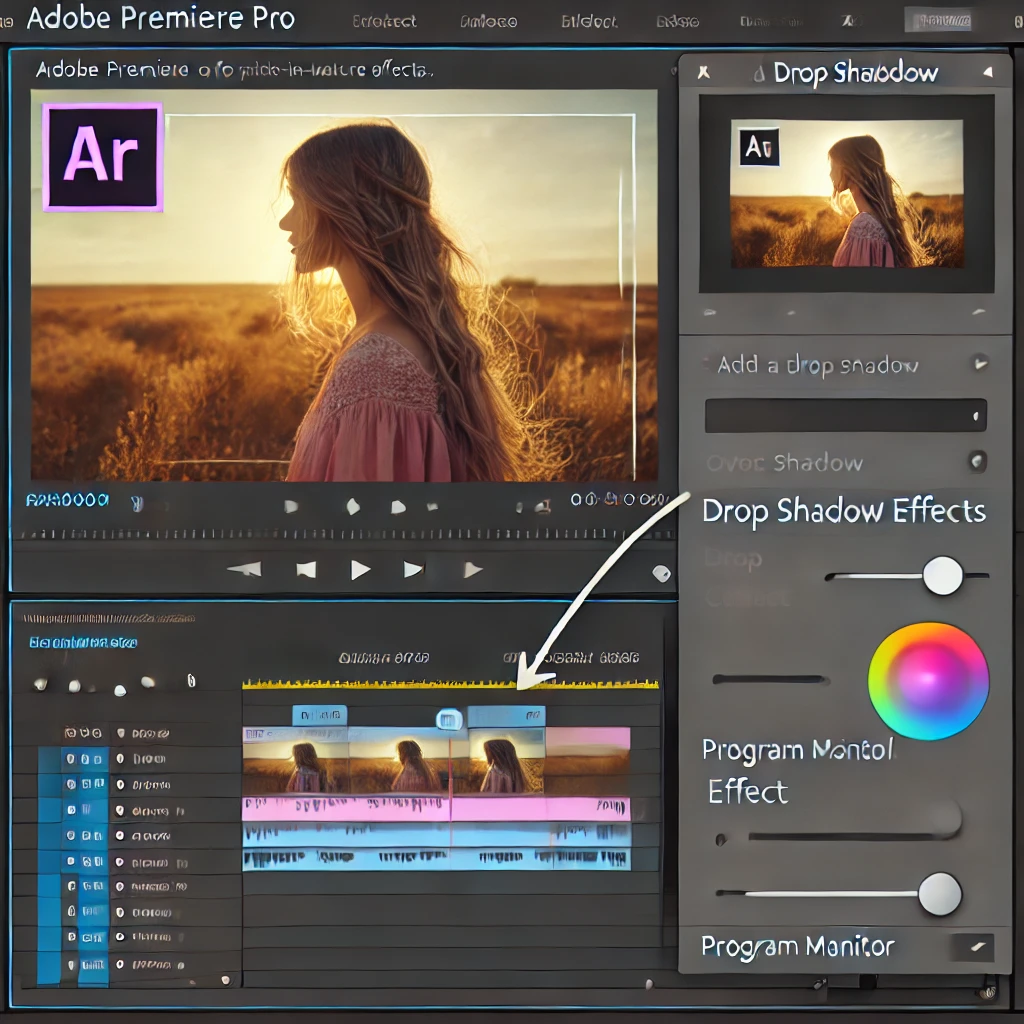
Step 5: Add Drop Shadow (Optional)
Enhance the overlay video’s visibility by adding a drop shadow. Use the Drop Shadow effect in the Effect Controls Panel and adjust its settings for a soft and professional look.

Step 6: Preview and Adjust
Play back the PiP effect in the Program Monitor to ensure it looks smooth and professional. Make final adjustments to the Scale, Position, and effects as needed.
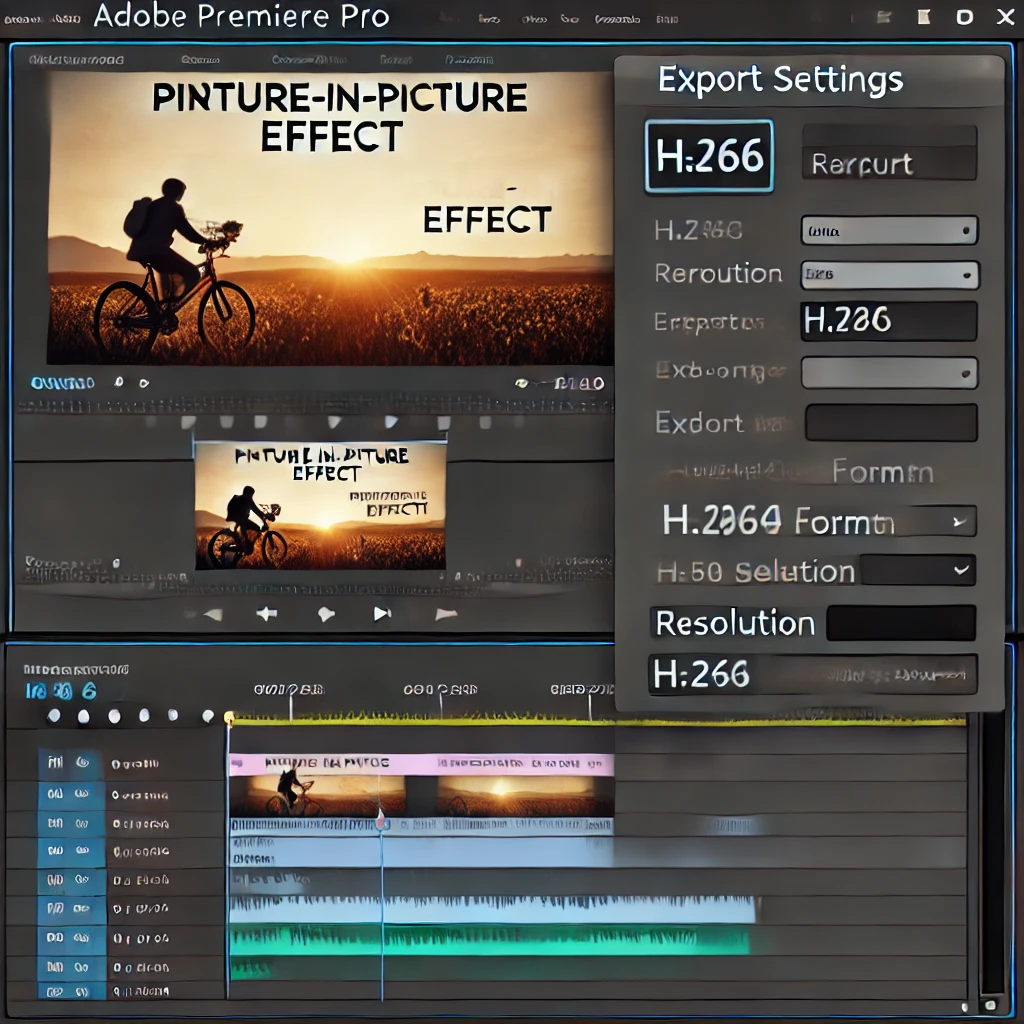
Step 7: Export the Picture-in-Picture Video
Export your PiP video with high-quality settings. Use the Export Settings Panel to choose a format like H.264 and adjust the resolution to match your project.
Conclusion
Picture-in-picture effects in Adobe Premiere Pro are perfect for enhancing your video projects. Follow these steps to create professional and engaging visuals that captivate your audience.
More Stories
How to Create Cinematic Titles in Adobe Premiere Pro
Learn to create stunning cinematic titles in Adobe Premiere Pro using custom animations, transitions, and effects. Elevate your video projects...
How to Add Motion Graphics to Videos in Adobe Premiere Pro
Discover how to add motion graphics to your videos in Adobe Premiere Pro. Learn to use templates, customize animations, and...
How to Create Split-Screen Videos in Adobe Premiere Pro
Learn how to create engaging split-screen videos in Adobe Premiere Pro by combining multiple video clips into a single frame....
How to Create Slow Motion Effects in Adobe Premiere Pro
Slow-motion effects add drama and emphasis to your videos, making them more visually engaging. Adobe Premiere Pro provides tools to...
How to Create a Seamless Looping Video in Adobe Premiere Pro
Seamless looping videos are perfect for social media, presentations, and background content. Adobe Premiere Pro offers tools to create visually...
How to Add Subtitles and Captions to Videos in Adobe Premiere Pro
Adding subtitles or captions to your videos improves accessibility and engagement. Adobe Premiere Pro makes it easy to create, style,...

